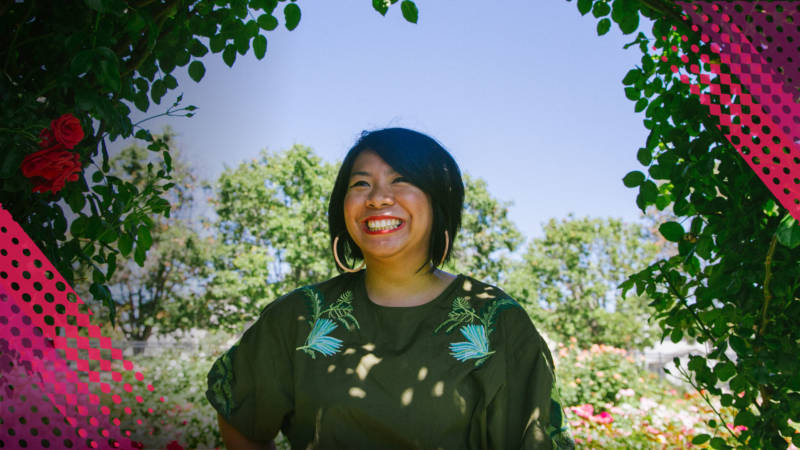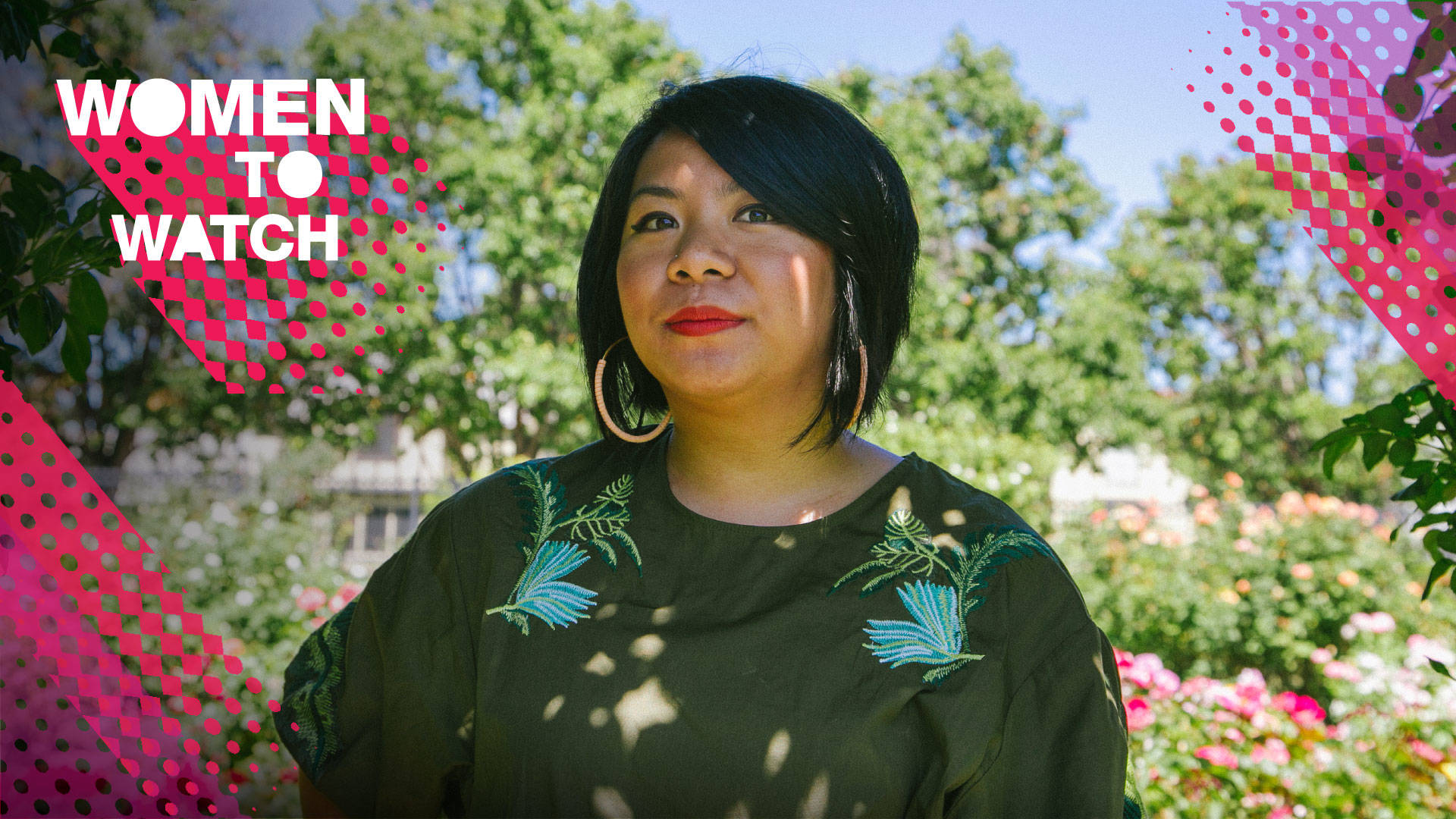When I lived in L.A. (for grad school), I was doing community work in the historic Filipino neighborhood there and I met an elder who taught me Ilokano (a native language in the Philippines), and he told me that. I haven’t checked with any other source, but I like it.
Your parents were first-generation immigrants. How did your mother react when you told her “I want to be a poet!”
I never had a moment when I told her I want to be a poet. What she tells my family is that I’m a journalist. She knows that I’ve always written, and I’ve read a lot of books. Her context around writing is different. In the Philippines, especially under martial law, writing was the way you could save your life and risk your life at the same time. A journalist is the closest thing to describing what it is that I do. I don’t know how else to say it, because my Americanness is seeping into everything, and maybe the words in English are not enough to say what she knows and I understand. That’s what my poetry looks like: the pieces of a puzzle trying to come together.
How does teaching pull on different muscles from the work you do as an individual artist?
Teaching forces me — in a good way — to rethink the possibilities of writing, and the possibilities of a story. A lot of students who come in to my classes will say “I’ve never read a book in its entirety.” Or “I’ve never written an essay that I liked.” They think saying that may get me to cut them some slack. I think that’s where the work begins. How can I really change the narrative of what students have been taught belongs in an English class?
What do you find most challenging about being an artist in the South Bay?
I look really young, and I am young, but I feel, being a Filipina, and being an artist, people treat me really shitty. There’s a lack of support from librarians, editors, people in my community who may be thinking that they’re helping me. In grad school, nobody said “Here’s how you’ll really be treated.” Especially when you’re a writer who identifies with several communities of struggle. Every time I try to stand up for myself or question, I get that same negative reaction. Community organizing has taught me that you can’t move the community if the community doesn’t want to move.
What organizations are supportive and “doing it right”?
Silicon Valley Debug. I just started writing a book review column for them. They’ve been super supportive. They do the same with other folks. It’s so welcoming. That’s a necessary resource in San Jose.
What does your ideal future look like for women artists in the Bay Area?
I think of three things: money; more time to create; and residencies which combines both of those things. That are also local and easy to get into! There’s Djerassi and Montalvo, but those are spaces for folks who’ve been able to build up their resumes, not for emerging artists.

Curious about who else made the list? Check out the Women to Watch series page, including photo galleries, interviews, and videos.
Do you know a Bay Area artist who is doing amazing things? We want to hear from you! Highlight her efforts using #BayBrilliant.




